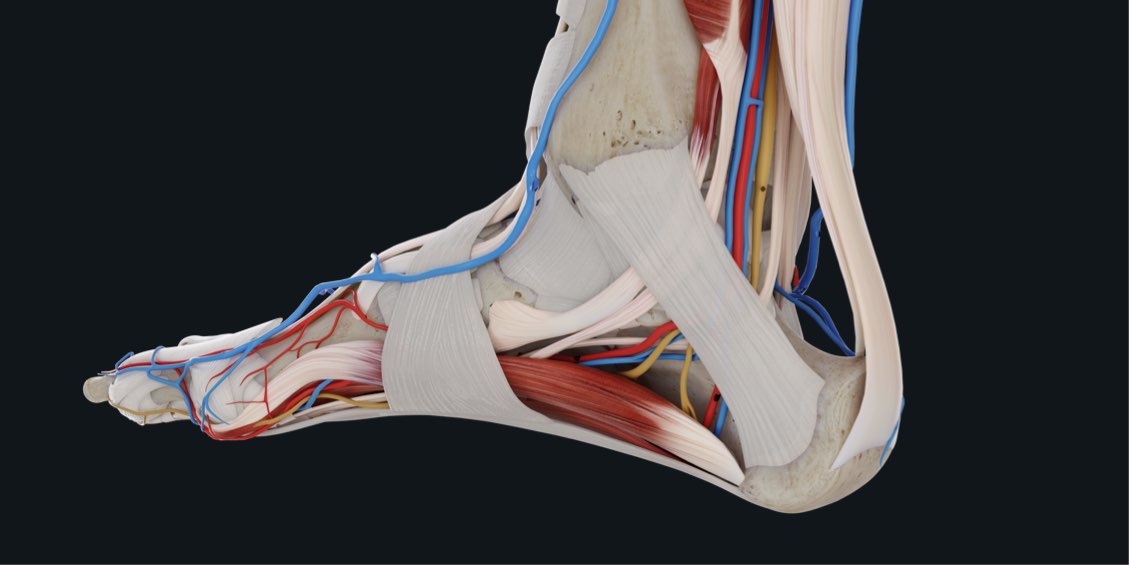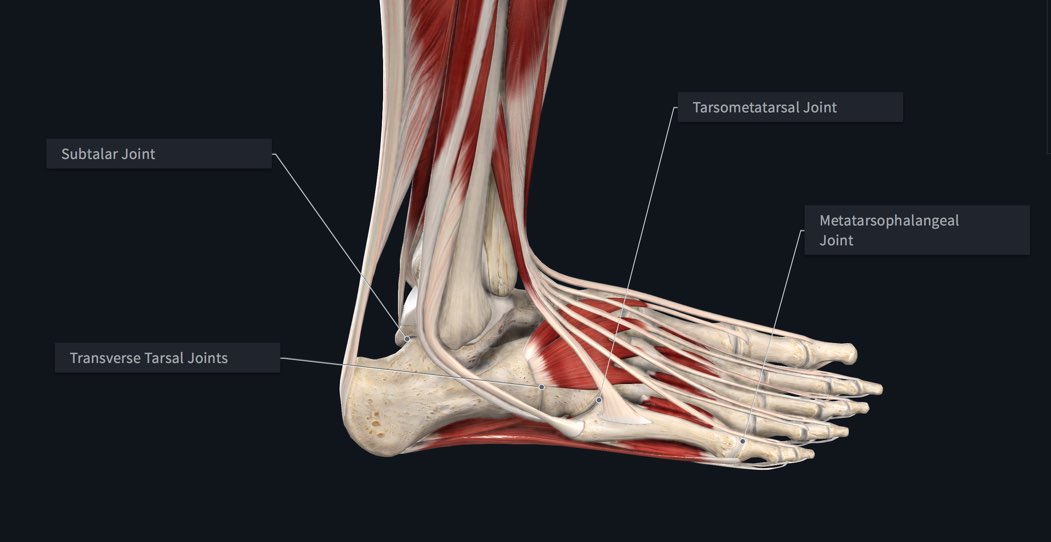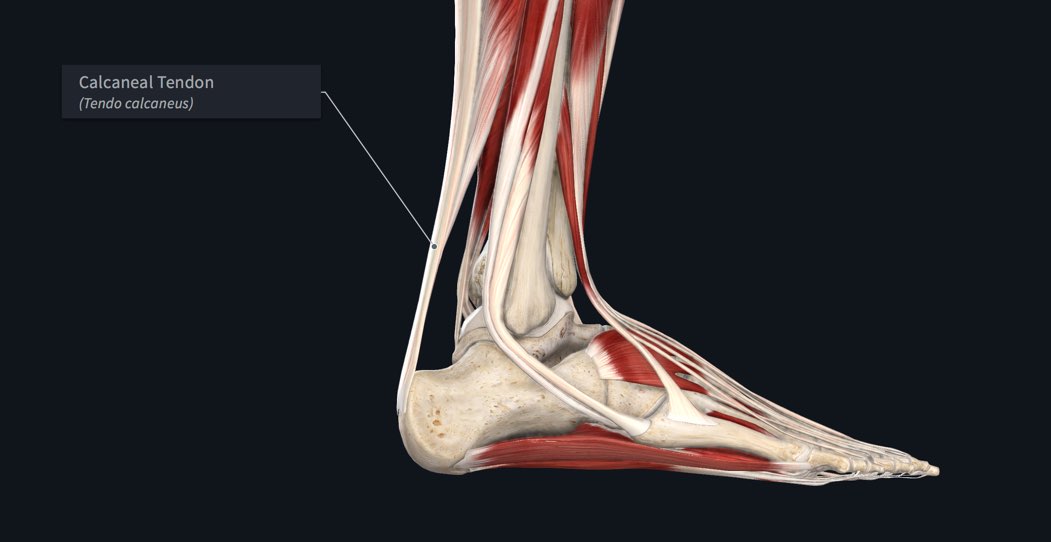
In a single day, the average person takes 8,000-10,000 steps, that works out at about 4 trips around the world in a lifetime, all supported by your feet. ?
With that in mind, let’s take a look at the foot and its incredible design.
The ankle and foot complex contains 26 bones, 33 joints and over 100 muscles, tendons and ligaments.
Considering both feet, that makes a total of 52 bones, making up about a quarter of all bones found in the mature adult body.
The bones in the foot can be divided into 3 groups:
- The tarsals – 7 irregularly-shaped bones which are situated proximally in the foot, in the ankle area.
- The metatarsals – 5 bones which connect the tarsals and phalanges.
- The phalanges – 14 bones which make up the toes. Each toe has 3 phalanges except for the big toe, which has 2.
The bones offer support while the joints allow movement. ?

Some of the joints of the foot include:
- Subtalar joint – Found in the hind foot and allows for the articulation of some tarsals.
- Transverse tarsal joints – Separate the mid foot from the hind foot.
- Tarsometatarsal joint – Found between the tarsals and metatarsals.
- Metatarsophalangeal joint – Connects metatarsals and phalanges.
Along with the bones and joints, muscles, tendons and ligaments are also working hard to keep you on your toes.

The Calcaneal (or Achilles) tendon is the strongest and largest tendon in the body. It is responsible for the transmission of power from the calf muscles to the heel and foot. It makes it possible to flex the foot, a crucial movement involved in walking and running. ?
Taking into account all the different parts of the feet and the amount of stress they endure on a daily basis, there’s never been a better excuse to put them up and relax. ?️
Study anatomy regionally or systemically with our range of Courses on the platform, alongside over 1,500 educational videos of 3D anatomy in motion. Unlock all these learning features today with a free 3-day trial.
